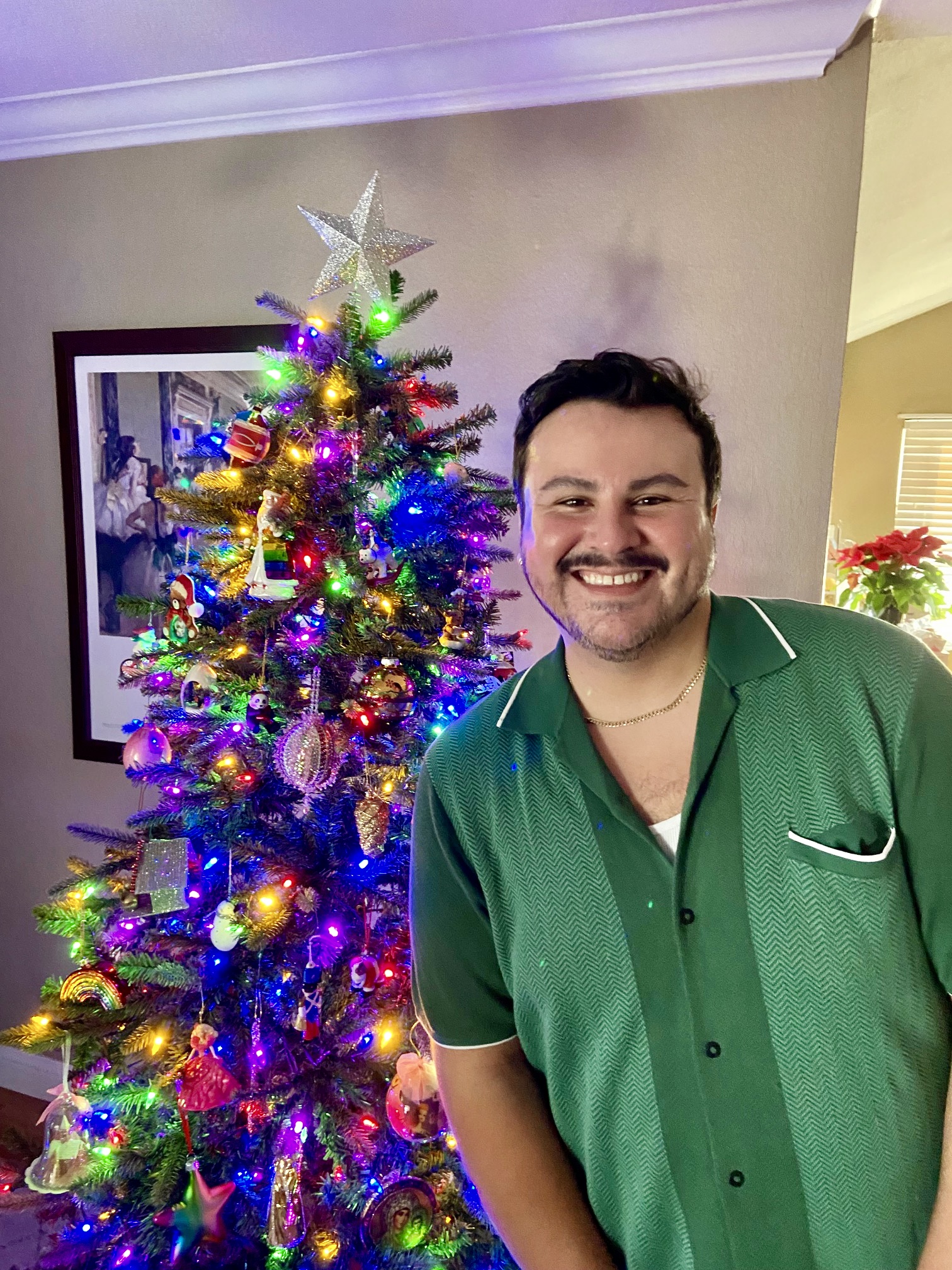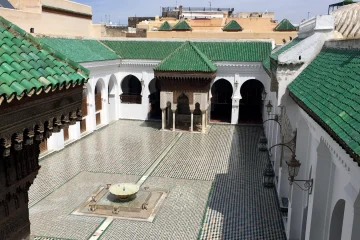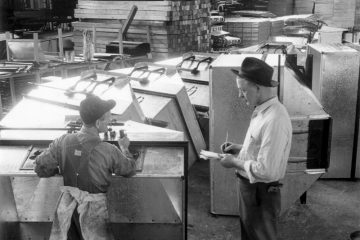Written By: Anthony Elizondo
Edited By: Adina Vega

As a child, my local public library played a significant role in my life. Whether it was checking out books with my late grandfather about dog breeds and animals in Africa or doing my homework in the library after school, waiting for my older sister to pick me up, libraries have always provided me with a safe space to dive into the world of knowledge and information. After finishing my undergraduate degree in English, I was expected to get a teaching credential and start a career as an English teacher. I always loved tutoring and instructing people but did not want to be a teacher. I reflected upon my childhood and teenage years and realized that the library taught me just as much, if not more, than any of my teachers because I was willing to learn and enjoyed reading and researching. This is when I began looking into the librarian career pathway and applied to San Jose State University’s School of Information to begin working on my MLIS degree.
My experience at San Jose State University was the most informative years of my adult life. I quit my full-time retail manager job during the first semester at San Jose State University to focus one hundred percent of my time on my LIS studies. Beginning my first semester as a LIS student without any prior library job experience gave me anxiety in the beginning, but I shortly realized that there were other students in the same boat with the same experience as me. After meeting with different event speakers, advisors, and professors, they all attested that my management and customer-oriented work experience would be beneficial with an MLIS.
During my time at San Jose State University, I took a broad array of courses that allowed me to learn the fundamentals of the information profession. But I also learned the concepts of serving marginalized communities, diversifying collections and programming, advocating for representation in libraries, and instructing information and technological literacy, which are all very important subjects to me. My best experience during my time as an LIS student was my internship with the San Francisco Public Library where I provided reference services to incarcerated individuals and learned about the right to read for incarcerated people and how to advocate for better reentry services. I gained so much information on the fundamentals of librarianship, and my coursework allowed me to fully understand the core competencies of a successful, modern, information professional.
As the social media director, I also formed many friendships with fellow LIS students through the Special Libraries Association Student Committee. I joined the SLASC Executive Committee as a social media assistant director in the Fall 2022 semester and was promoted to director in January 2023. As the social media director, I was responsible for promoting events, speakers, and roundtables and engaging with other student groups. I highly recommend joining student groups, especially those obtaining degrees in a virtual, asynchronous setting. I also used my experience in SLASC as evidence for my e-Portfolio for Competency D, applying the fundamental principles of planning, management, marketing, and advocacy, and Competency M, demonstrating professional leadership and communication skills.
Although many of my fellow LIS students told me that the e-Portfolio process would be extremely stressful and time-consuming, I really enjoyed going back to the beginning of my experience as an LIS student and reflecting on how far I have come, not only as a student but as a person. I felt very inspired after completing my final competency for this e-Portfolio, and I am much more prepared for whatever information professional career I decide to enter in the future. As a future librarian, I can use this e-Portfolio to demonstrate my awareness and understanding of the core competencies needed to be a successful information professional.

My e-Portfolio Process
During my two years in the MLIS program, I saved all my discussion posts, assignments, and projects for each course using Google Drive. I organized the files by creating folders dedicated to each course. The files were also backed up to an external hard drive to ensure that my two years of work were double-backed up. Before I started working on my e-Portfolio during the summer, I created a spreadsheet using Trello, a free, web-based list-making application for organizing projects and plans. This allowed me to create an interactive list for each competency and add assignments and experiences to be used as evidence for different competencies. Each piece of evidence added to my Trello also contained hyperlinks that led to that specific assignment on my Google Drive.
As I worked through the competencies and revisited my coursework, I realized I had a lot of pieces of evidence that could be moved around and included in other competencies, strengthening my arguments for each competency. Time management was crucial to completing this e-Portfolio because I took two other courses. Having my coursework available on my Google Drive was a significant time saver. When it came to writing the summaries of each competency and explaining the evidence I provided, I began with the competency that I was most confident in.
Before adding all the evidence to my e-Portfolio, I examined all hyperlinks and attachments, redacting any information that could lead to the identification of other students, interviewees, professors, etc., to comply with privacy guidelines. Once all fourteen competencies were completed and accepted by my advisor, I began writing the introduction and conclusion sections of this e-Portfolio as the final step.



0 Comments